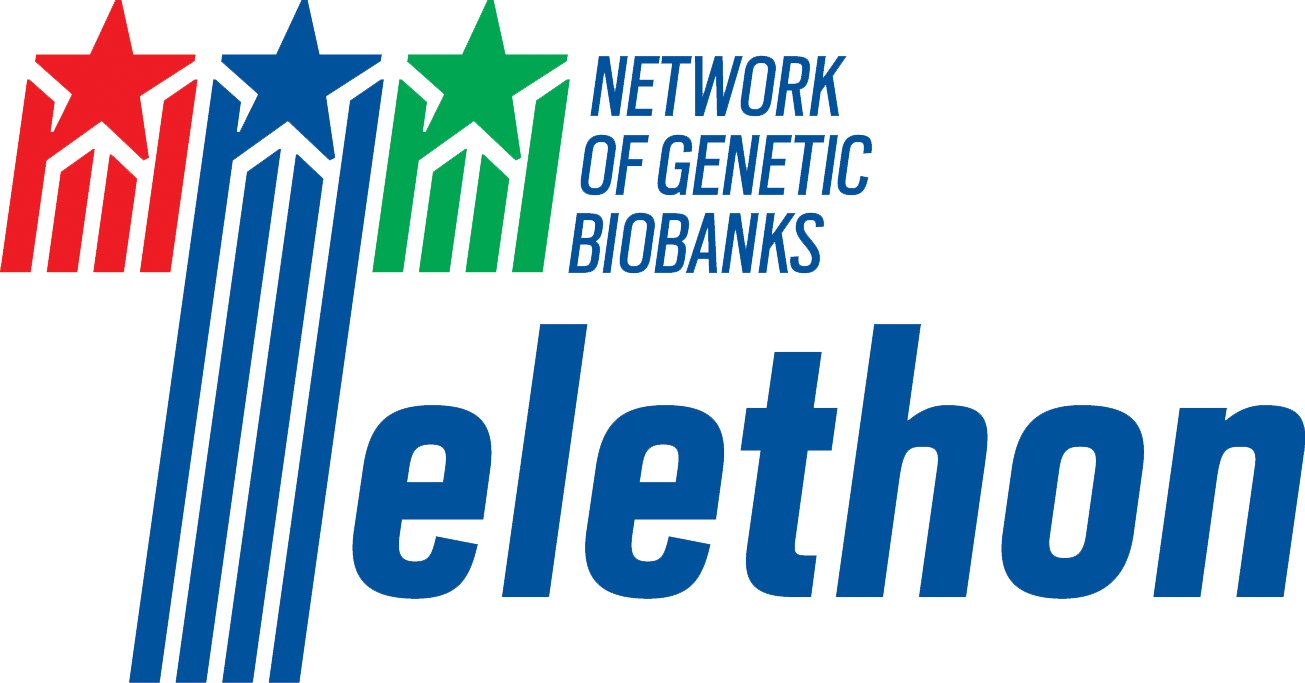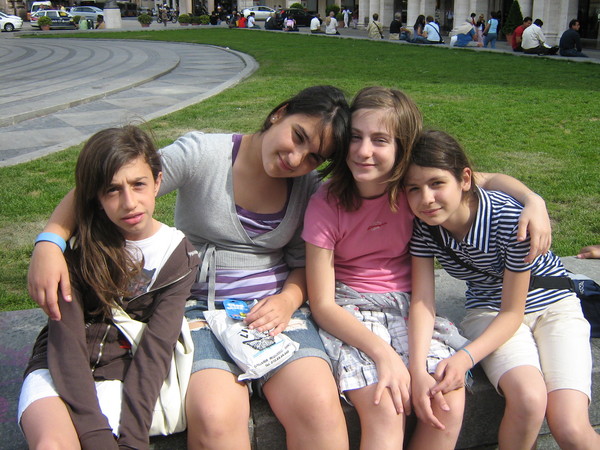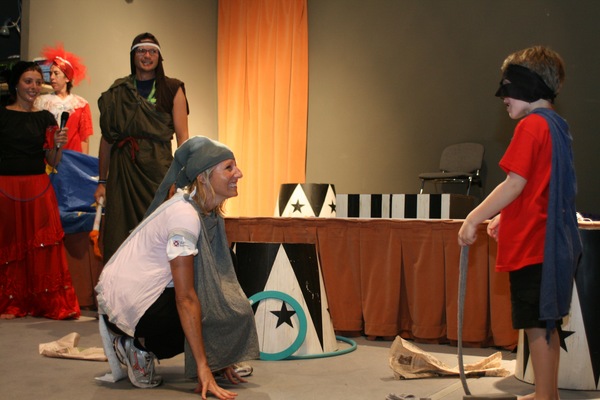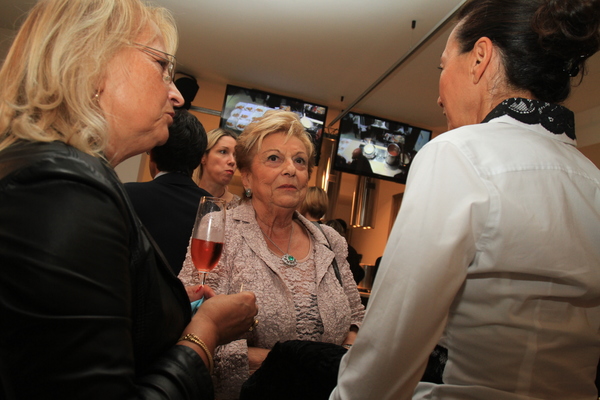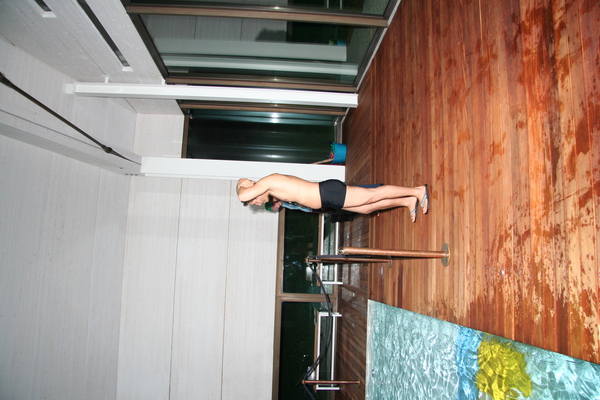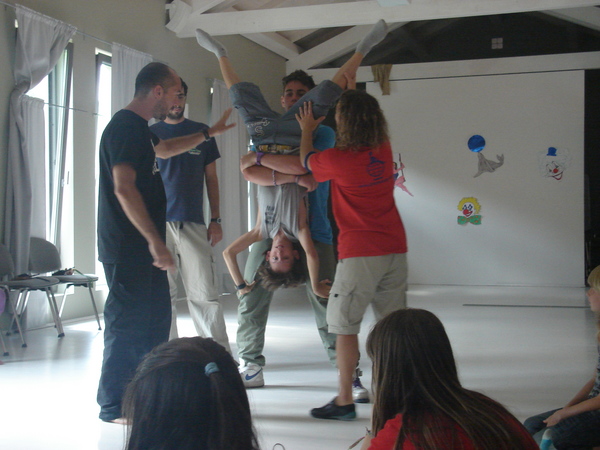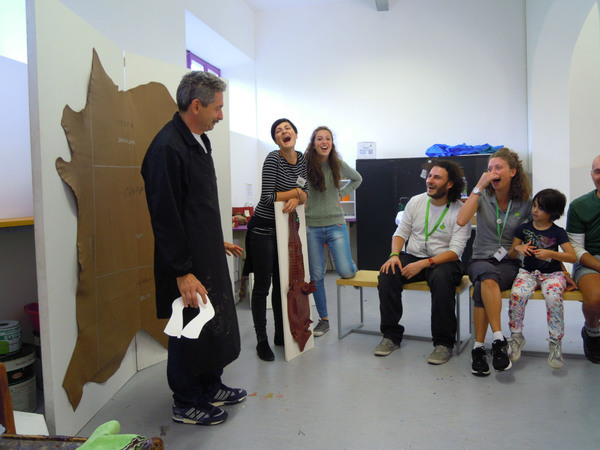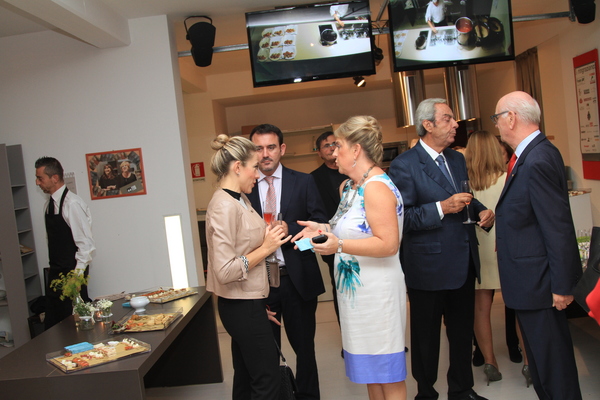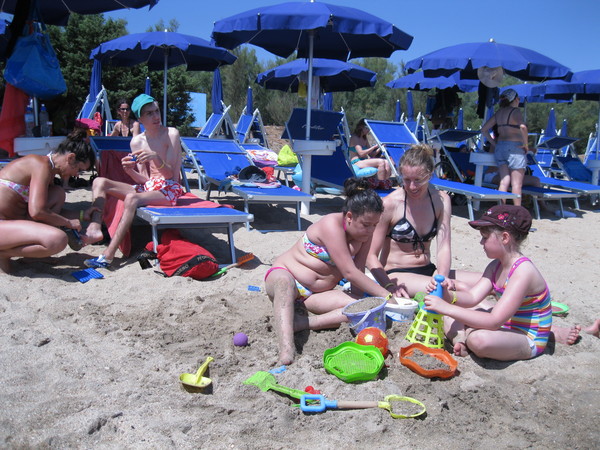LANGUAGE DEVELOPMENT IN CHILDREN SUFFERING FROM CHROMOSOME 14 SYNDROMES
| Project Leader | Laura Zampini |
| Host Institution | Dept. of Psychology, Bicocca University, Milan (Italy) |
| Duration | 8 years |
| Start-up year | 2007 |
| Budget | € 50.000 (wholly financed by Ring14 Italy) |
| Status | Completed |
Introduction
In children with abnormal chromosome 14, the development of language often seems to be particularly affected, even if these communication difficulties are associated with a variable degree of intellectual disability. Sometimes language comprehension appears to be partially preserved, but expressive capabilities are deficient in the majority of children with these chromosomal abnormalities.
Difficulty in communicating needs and desires can lead to behavioral development, which is frequently not functionally positive such as tantrums and aggression or closure to the outside world typical of autistic children.
For this reason, children with chromosome 14 abnormalities are usually placed in rehabilitation programs aimed at stimulating the ability to communicate by verbal language or by alternative strategies, such as the use of communicative gestures or Alternative Augmentative Communication.
Scientific studies purposely focused on communication and language skills of children with abnormal chromosome 14 have yet to be conducted. This has led to difficulties, by doctors, psychologists and speech therapists, in designing programs, which are specifically targeted and effective in improving communication skills
Objective of the Project
The first objective of this study was to provide a description of characteristics of communicative development of children with abnormalities in chromosome 14, since this aspect has never been investigated thoroughly in scientific literature.
Particular attention was paid to the study of the relationship between the communication skills and psychomotor development. In addition, language difficulties were linked with possible behavioral problems or with presence of associated diseases, such as epilepsy or autistic traits.
Trajectories of communication skills were also examined in order to analyze changes over time.
Research partners
The project was conducted in collaboration with the Department of Psychology of the University of Milano-Bicocca. The project leader was Professor Laura D'Odorico from 2010 to 2012 and Dr. Laura Zampini since 2013.
Method
The project made use of both methods of direct evaluation (observations of children with abnormal chromosome 14), and indirect methods (collection of information by parents).
Direct observations were made during videotaped sessions of parent-child interaction that allowed for the collection of samples of spontaneous speech and non-verbal communication. From this videotaped material, a microanalysis was carried out that took into account all the communicative behaviors (eye movements, gestures, vocalizations and words). Standardized tests were also administered to evaluate psychomotor and language development and to detect the presence of autistic traits.
14 children with abnormal chromosome 14, aged from 2 to 16 years were enrolled in this study Some of these children were assessed repeatedly over time in order to monitor development with longitudinal observations on a regular basis. For logistical reasons, this type of assessment was carried out, for the time being, only on children resident in Italy, but the research protocol can be shared with other researchers if interested.
Regarding indirect evaluation of communication skills in subjects with abnormal chromosome 14, a questionnaire in Italian was compiled and translated into four other languages (English, French, Spanish and German). The questionnaire, made available on-line, was completed by parents of 36 subjects (from 1 to 37 years old) with ring 14 syndrome or with deletions of chromosome 14. In this way, it was possible to collect data from different parts of the world. This aspect is crucial considering the rarity of these types of chromosomal abnormalities.
Results
This study has enabled us to identify the communication phenotype of children with chromosome 14 abnormalities, emphasizing the highly individual variability, both in terms of verbal production and in terms of preverbal and gestural production. In addition, a positive correlation between the size of deletion on chromosome 14 and detected language difficulties was established. The evolutionary profile of children with the ring 14 and of those with deletions to chromosome 14 was found to be similar, although children with a greater number of associated pathologies (epilepsy, autistic traits) had a more impaired communicative development.
In general, evolution of communication skills in these children appeared to be very slow, with delayed acquisition of different development stages and the need for long periods to consolidate learning. A positive aspect, however, was given by the recognition of communicative behavior in all children observed during this study. This reveals the need to focus attention of researchers and clinicians on the micro-changes that occur over time.
The study results were shared with families through periodic reports in which research advances were communicated.
Three research papers, one in a national magazine of developmental neuropsychiatry (Psichiatria dell’Infanzia e dell’Adolescenza) and two published in an international journal specializing in the development of language in clinical populations (Clinical Linguistics & Phonetics) were published. Another article is currently being drafted.
The main results of this study were discussed at two conferences on psychology and neuropsychology and another one on developmental disabilities.
Research outputs
Research articles
- Zampini, L., Zanchi, P. (2018) Mother–child dyadic co-regulation in children with intellectual disability: A comparison among dyads with children with chromosome 14 aberrations, Down syndrome and typical development. Journal of Intellectual & Developmental Disability. Published online: 14 Mar 2019
- Zampini, L., Zanchi, P., Rinaldi, B., Novara, F., & Zuffardi, O. (2017). Developmental trends of communicative skills in children with chromosome 14 aberrations. European Journal of Pediatrics, 176(4), 455-464.
- Zampini, L., Zanchi, P., & D’Odorico, L. (2014). Developing with ring 14 syndrome: A survey in different countries. Clinical Linguistics & Phonetics, 28(11), 844-856.
- Zampini, L., D’Odorico, L., Zanchi, P., Zollino, M., & Neri, G. (2012). Linguistic and psychomotor development in children with chromosome 14 deletions. Clinical Linguistics & Phonetics, 26(11-12), 962-973.
- D’Odorico, L., Giovannini, S., Majorano, M., Martinelli, P. & Zampini, L. (2011). Competenze linguistiche in bambini di lingua italiana con aberrazioni del cromosoma 14. Psichiatria dell’Infanzia e dell’Adolescenza, 78(2), 449-456.
Communications in Conferences & meetings
- Zampini, L. & Zanchi, P. (2018). La co-regolazione diadica madre-figlio in presenza di bambini con disabilità intellettiva. Convegno nazionale di Psicologia dello sviluppo 2018, Torino
- Zanchi, P., Zampini, L., & Fasolo, M. (2014, September). Valutazione dello sviluppo linguistico di bambini con anomalie del cromosoma 14. XXVII Congresso Nazionale Associazione Italiana di Psicologia – Sezione di Psicologia dello Sviluppo, Cosenza.
- Zampini, L., D’Odorico, L., & Zanchi, P. (2012, June). Linguistic and Psychomotor Development in Children with Chromosome 14 Deletions. 9th ECIDD Conference, Trieste, Italy.
- D’Odorico, L., Zampini, L., & Zanchi, P. (2011, January). Lo sviluppo del linguaggio nei bambini con aberrazioni del cromosoma 14. Giornate di Neuropsicologia dell’Età Evolutiva, Bressanone.
Documents
› Project (643 KB)







